
Showa no Kurashi Museum
Step back in time at this preserved Showa-era home, filled with artifacts offering an intimate look at everyday Japanese life.
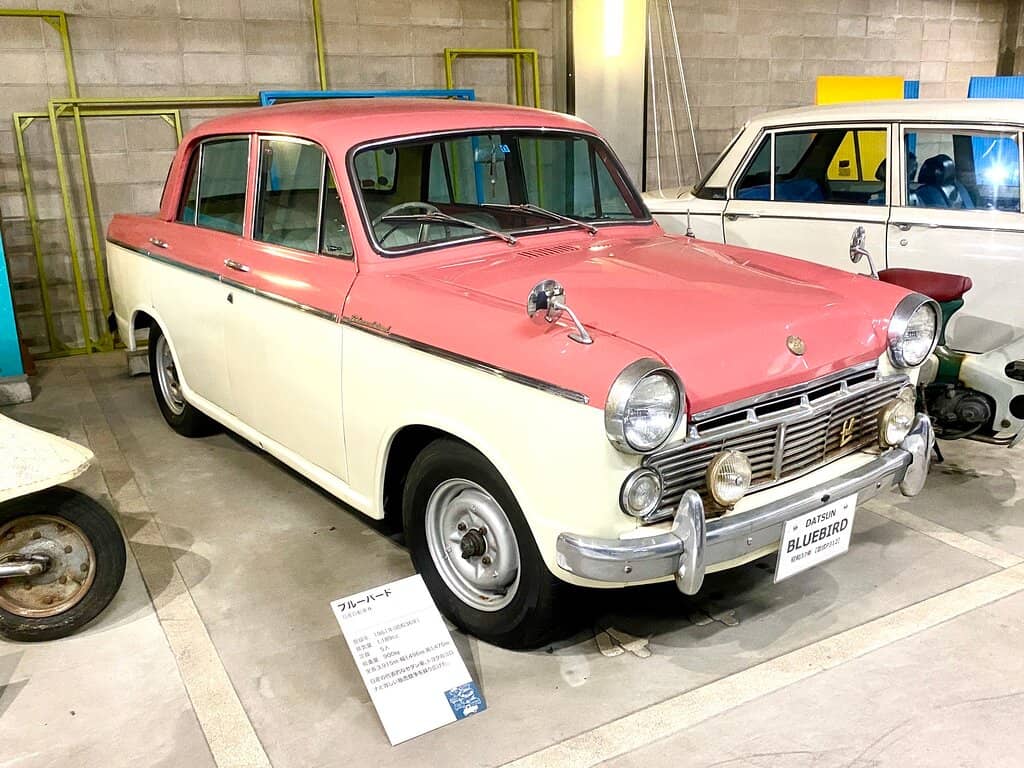
Highlights
Must-see attractions

Social
From TikTok & Reddit
Best Time
Fewer crowds, more staff interaction

Showa no Kurashi Museum
Best Time
Fewer crowds, more staff interaction

Highlights
Must-see attractions
Step back in time at this preserved Showa-era home, filled with artifacts offering an intimate look at everyday Japanese life.
"So interesting! It turned into 2 hours, and I could have stayed longer, easily."
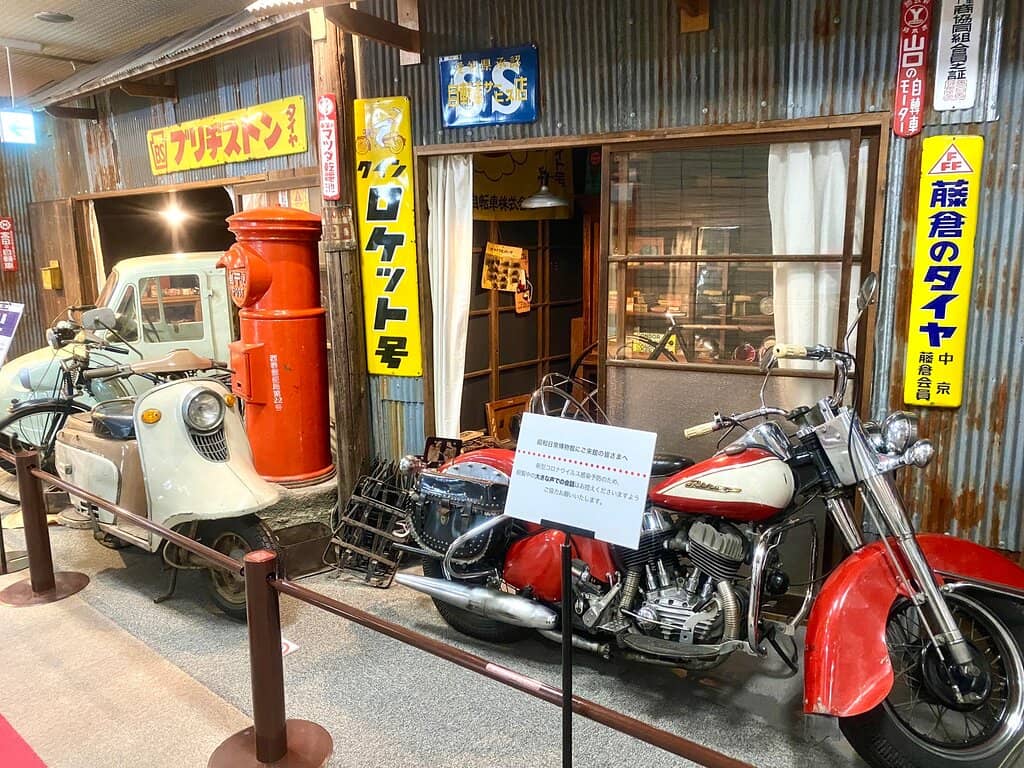
Bring Your Translation App
Most info is Japanese, but Google Translate works well for captions and exhibits. :iphone:
Allocate Plenty of Time
What looks like a short visit can easily become 2+ hours. So much to see! :clock1:
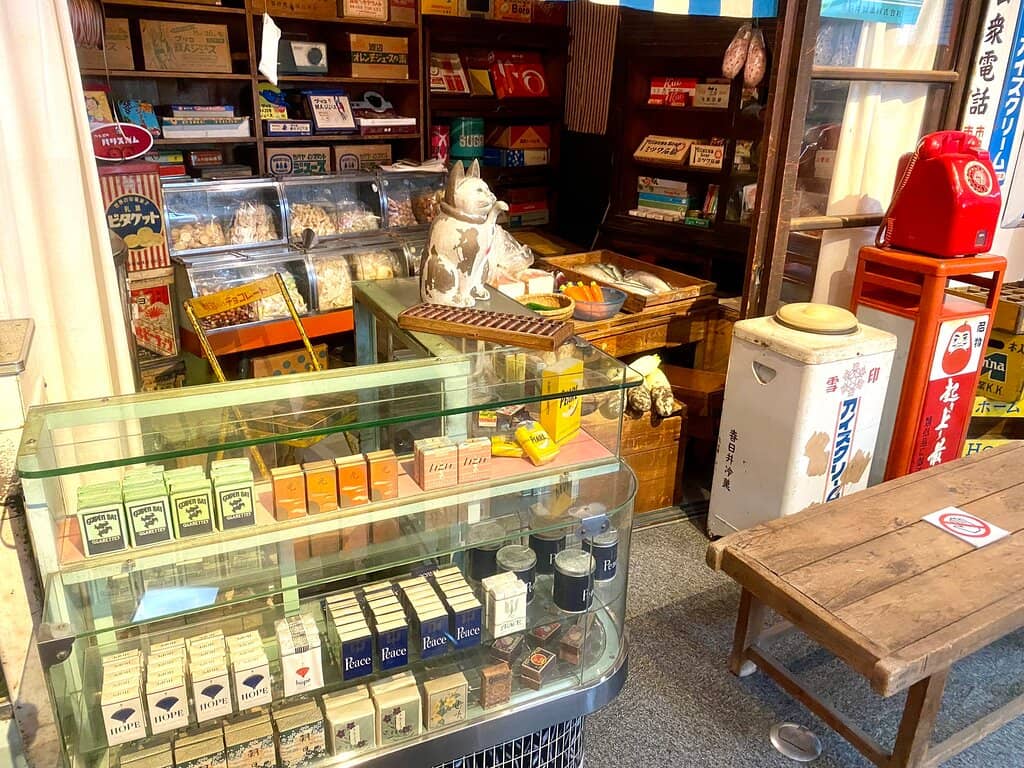
Highlights
Discover the most iconic attractions and experiences
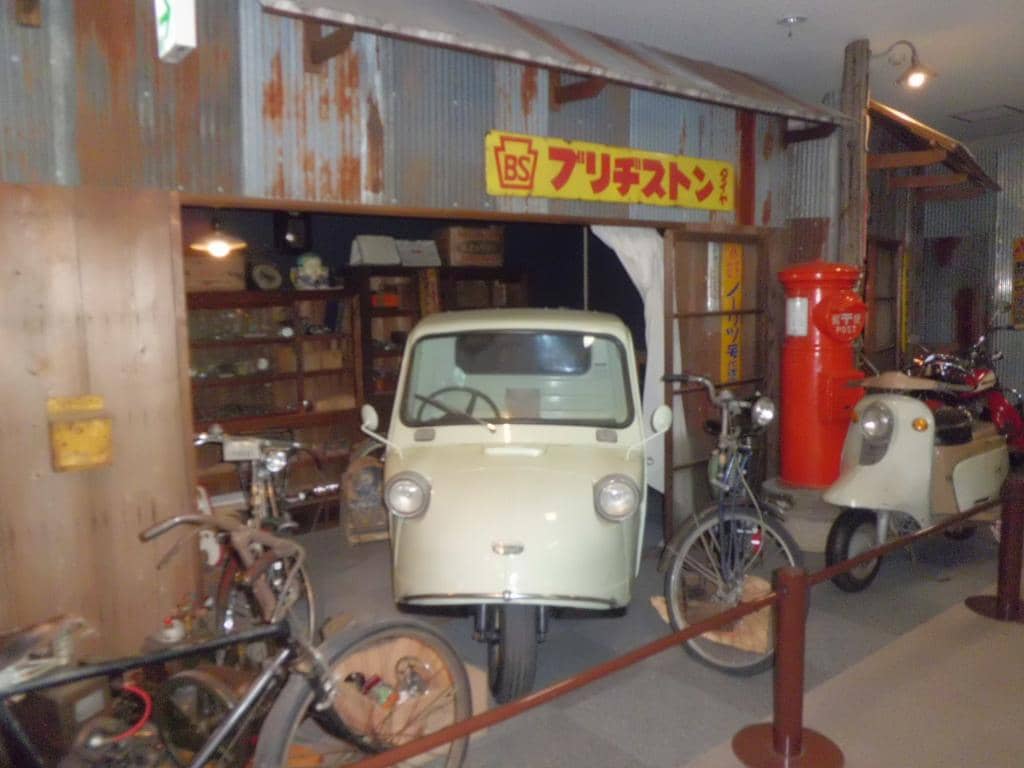
Authentic Showa Home
The entire house
Step into a preserved middle-class home, filled with artifacts, newspapers, and letters from the mid-20th century.

Everyday Life Exhibits
Various rooms
Discover details of daily life, from clothing and meals to toys and even antique medical items.
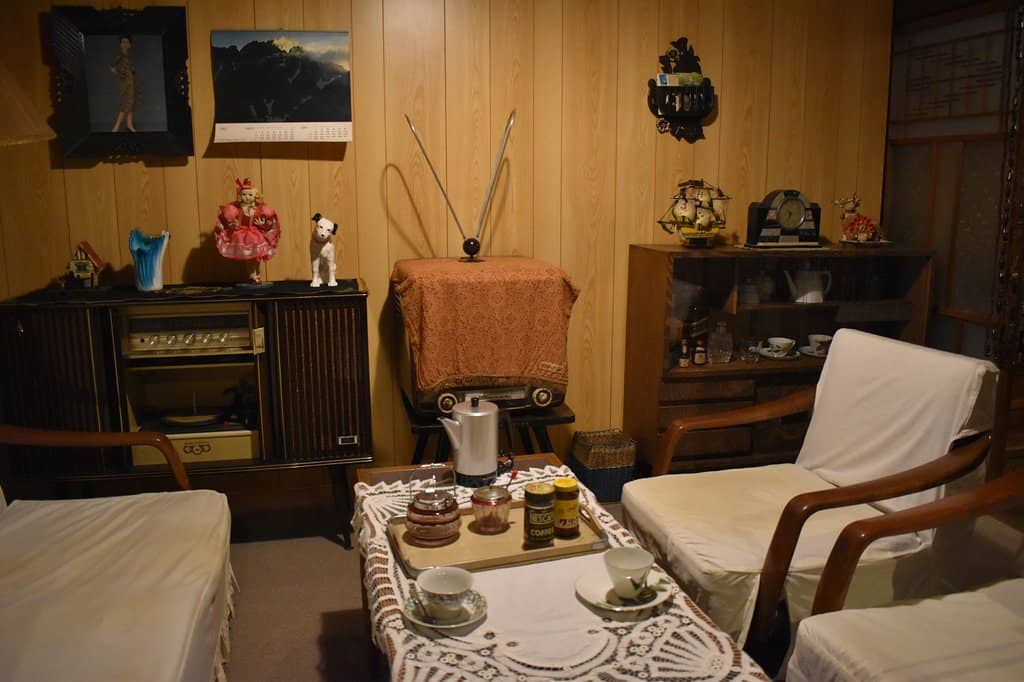
Knowledgeable Staff
Throughout the museum
Engage with friendly staff eager to share insights into the house and the historical context.
Plans like a pro.
Thinks like you
Planning Your Visit
Embrace the Past, Translate the Present
Plan for a Deeper Dive
Best Times
Insider Tips
from TikTok, Instagram & Reddit
Bring Your Translation App
Most info is Japanese, but Google Translate works well for captions and exhibits. :iphone:
Allocate Plenty of Time
What looks like a short visit can easily become 2+ hours. So much to see! :clock1:
Ask the Staff Questions
They're friendly and eager to share details about the house and its history. :speech_balloon:
Consider an English Guide
For the full experience, especially if you don't read Japanese, book an English guide. :bustsinsilhouette:
Tips
from all over the internet
Bring Your Translation App
Most info is Japanese, but Google Translate works well for captions and exhibits. :iphone:
Allocate Plenty of Time
What looks like a short visit can easily become 2+ hours. So much to see! :clock1:
Ask the Staff Questions
They're friendly and eager to share details about the house and its history. :speech_balloon:
Consider an English Guide
For the full experience, especially if you don't read Japanese, book an English guide. :bustsinsilhouette:
Wear Comfortable Shoes
You'll be exploring the house thoroughly, so comfy footwear is a must. :athletic_shoe:
What Travellers Say
Reviews Summary
Visitors praise the Showa no Kurashi Museum for its incredibly authentic and well-preserved glimpse into mid-20th century Japanese home life. The friendly and knowledgeable staff are a highlight, eager to share insights despite most information being in Japanese. While its location is a bit out of the way, the immersive experience makes the journey worthwhile for history buffs.
"From the outside, this house looks like any other older home, but inside there is a living museum of artifacts, newspapers, letters and memorabilia that show us what life was like for a typical middle class family from the mid 20th century. The staff here are really eager to explain anything you'd like to know about the house, the family that lived there, or the historical context. To be honest, I thought we'd have a short 20 to 30 minute visit, but it turned into 2 hours, and I could have stayed longer, easily. So interesting! However, most of the information is in Japanese, but if you have a good translation app, you'll easily be able to read the captions on the exhibits.
Please, if you want to know what life was like for a typical middle class family in Tokyo in the early to mid 20 th century, please stop by. You will be glad you did!."
Mark Y
"I have an interest in history, and I came here today. I think this is really interesting, everything is still well-preserved. The house and its contents are still in good condition. If you are from Unoki station, it might take 10 minutes to walk."
Mabda Novalia
"Neat little place with a relaxing atmosphere. A museum tucked inside a residential area. The texts are mostly in Japanese, so if you can't read the language, you might want to reserve an english guide in advance to get the full experience."
Ryosuke Nakano
What People Like
What People Dislike
Frequently Asked Questions
🚇 🗺️ Getting There
The museum is located in a residential area. From Unoki Station, it's about a 10-minute walk. It's a bit out of the way from the city center, so plan your journey accordingly.
It's tucked inside a residential area, so it might not be immediately obvious. Look for signs once you're in the vicinity.
Taking the train to Unoki Station is recommended, followed by a short walk. Check local transit maps for the most direct route from your starting point.
Information on dedicated parking is scarce, and given its residential location, street parking might be limited. Public transport is generally advised.
Travel time will vary depending on your starting point in central Tokyo, but expect it to take a significant portion of your morning or afternoon due to its location.
🎫 🎫 Tickets & Entry
Opening hours can vary, so it's best to check the official website or local listings before your visit. Generally, it operates during daytime hours on weekdays.
Admission fees are typically very reasonable, reflecting the nature of the museum as a preserved home. Check for the most current pricing.
Advance booking is usually not required for this type of museum, but it's always a good idea to confirm, especially if you plan to visit during peak times or holidays.
Yes, English guided tours can often be reserved in advance, which is highly recommended if you don't read Japanese to fully appreciate the exhibits.
Weekday mornings are generally less crowded, allowing for a more intimate experience with the exhibits and easier interaction with staff.
🎫 🤔 Onsite Experience
You'll see a meticulously preserved middle-class home from the Showa era, complete with original artifacts, newspapers, letters, and everyday items. It offers a glimpse into daily life.
Most of the explanatory texts are in Japanese. However, a good translation app like Google Translate works well, and an English pamphlet is usually available.
While it might seem like a short visit, many visitors find themselves staying for 2 hours or more due to the fascinating details and engaging exhibits.
Photography policies can vary. It's best to check for signage upon arrival or ask staff if you're unsure about taking pictures.
Children might find the historical items interesting, but the detailed explanations are primarily in Japanese. An English guide would enhance their experience.
🍽️ 🍽️ Food & Dining
The museum is a preserved home and does not typically have on-site dining facilities. You'll need to find food options in the surrounding neighborhood or back in the city center.
Being in a residential area, dining options immediately surrounding the museum might be limited. Exploring the nearby streets or heading back towards Unoki Station will likely yield more choices.
As it's a preserved home, it's generally expected that food and drinks are not consumed inside to protect the artifacts. Please check for specific rules upon entry.
For a wider selection, it's advisable to travel back towards a more commercial area or a larger train station where more restaurants are available.
There are no specific picnic areas mentioned within the museum grounds. You might find local parks in the wider neighborhood, but it's not a primary feature of the visit.
📸 📸 Photography
Photography rules can vary. It's best to look for signs or ask the staff upon arrival to ensure you're following their guidelines.
The entire house offers a unique photographic opportunity, capturing the essence of Showa-era living. Focus on the details of the preserved rooms and artifacts.
Flash photography is often prohibited in museums to protect delicate artifacts. Always check the specific rules for the Showa no Kurashi Museum.
As the museum is in a residential area, drone usage would likely be subject to local regulations and privacy concerns. It's not recommended without explicit permission.
A standard camera or smartphone is sufficient. Given potential lighting conditions and the intimate setting, a versatile lens or good low-light performance is helpful.
For Different Travelers
Tailored advice for your travel style
👨👩👧 Families with Kids
To make the visit more engaging for younger visitors, consider booking an English guide in advance. This will help them follow along and understand the stories behind the artifacts. The staff are also noted for being friendly and approachable, so don't hesitate to ask them simple questions that might interest kids. Plan for a visit of at least 1-2 hours to allow for exploration without rushing.
📚 History Enthusiasts
While the primary information is in Japanese, the availability of translation apps and the helpfulness of the staff make it accessible. Visitors can spend hours poring over the details, appreciating the nuances of daily life that textbooks often miss. The museum's origin as a passion project by the owner's daughter further adds to its charm and historical significance.
🚶 Solo Travelers
Leveraging a translation app is highly recommended to fully grasp the context of the displays. The friendly staff are also a great resource for solo visitors looking to learn more; they are often happy to chat and share their knowledge. This museum offers a chance for personal discovery and a deeper understanding of Japanese domestic history.
Deep Dives
In-depth insights and expert knowledge
The Showa Era: A Glimpse into Post-War Japan
Visitors can expect to see a range of artifacts that paint a vivid picture of daily life. This includes everything from newspapers and letters that offer personal perspectives, to clothing, kitchenware, toys, and even medical items like an antique asthma inhaler. The house itself, designed by its owner, an architect, is a testament to the era's design sensibilities. The meticulous preservation and detailed annotations, even if primarily in Japanese, highlight the importance placed on understanding this period of Japanese heritage.
For those interested in Japanese history and culture, the museum provides an invaluable, tangible connection to the past. It moves beyond textbook facts to offer an intimate look at the domestic sphere, making the historical context relatable and personal. The dedication of the staff and the owner's daughter, who recognized the house's value, ensures that this slice of history is preserved for future generations to learn from and appreciate.
Navigating the Museum: Language and Staff Assistance
However, the museum is also known for its incredibly helpful and friendly staff. Several visitors have noted that staff members are eager to explain things and often speak good English. Don't hesitate to approach them with questions about the house, the artifacts, or the historical context. Their willingness to engage can significantly enhance the visitor experience and bridge any language gaps.
For those who want a truly comprehensive experience and prefer not to rely solely on translation apps, reserving an English guide in advance is a highly recommended option. This ensures you won't miss any nuances and can fully appreciate the historical significance of each item and room. The staff's dedication to sharing their knowledge makes the Showa no Kurashi Museum a rewarding visit for anyone interested in Japanese history.




Social
from TikTok, Instagram & Reddit